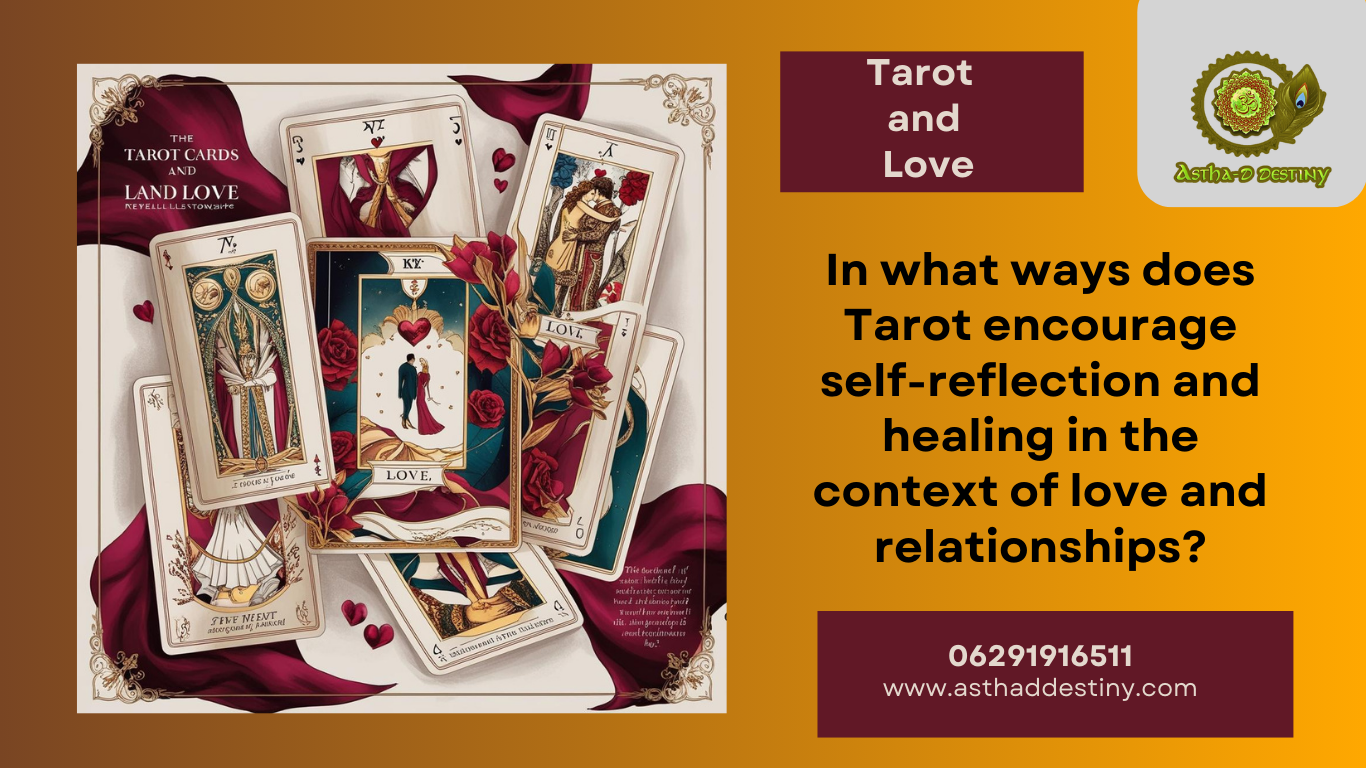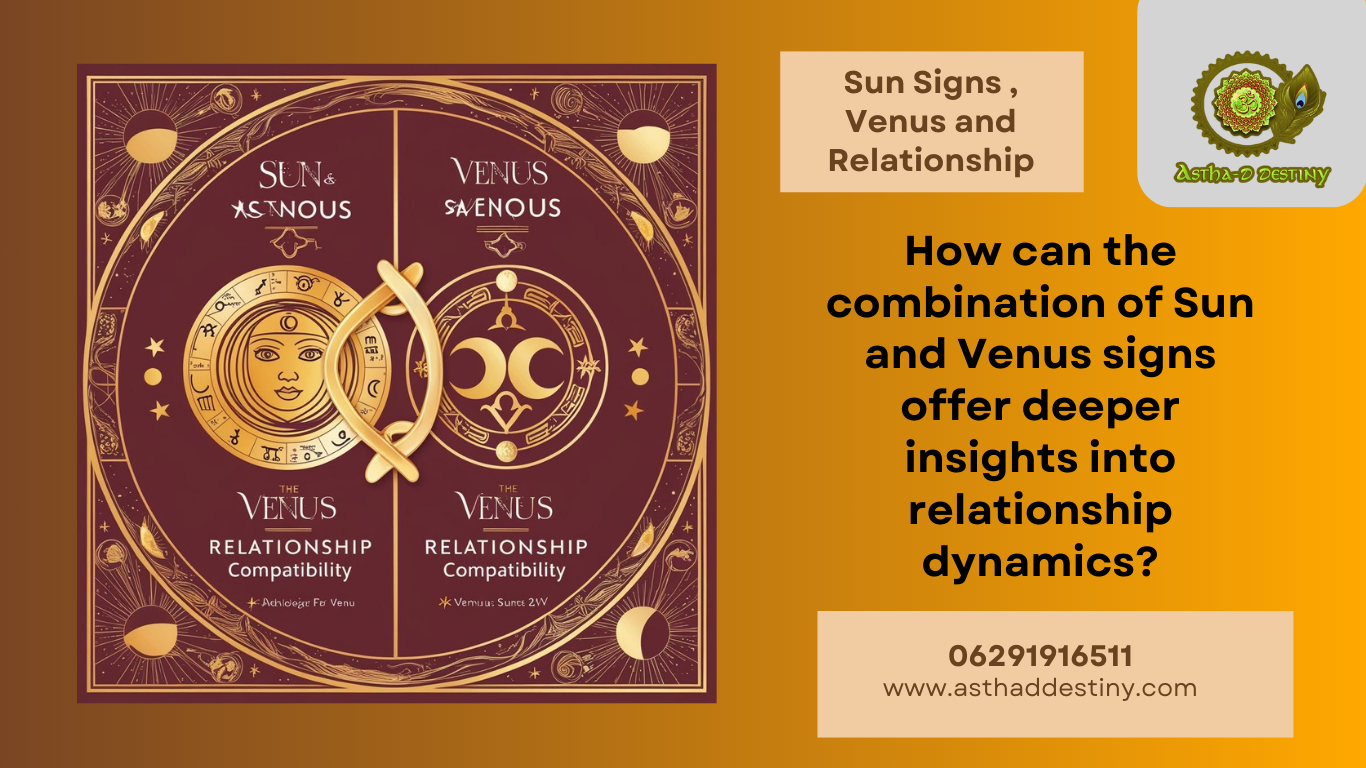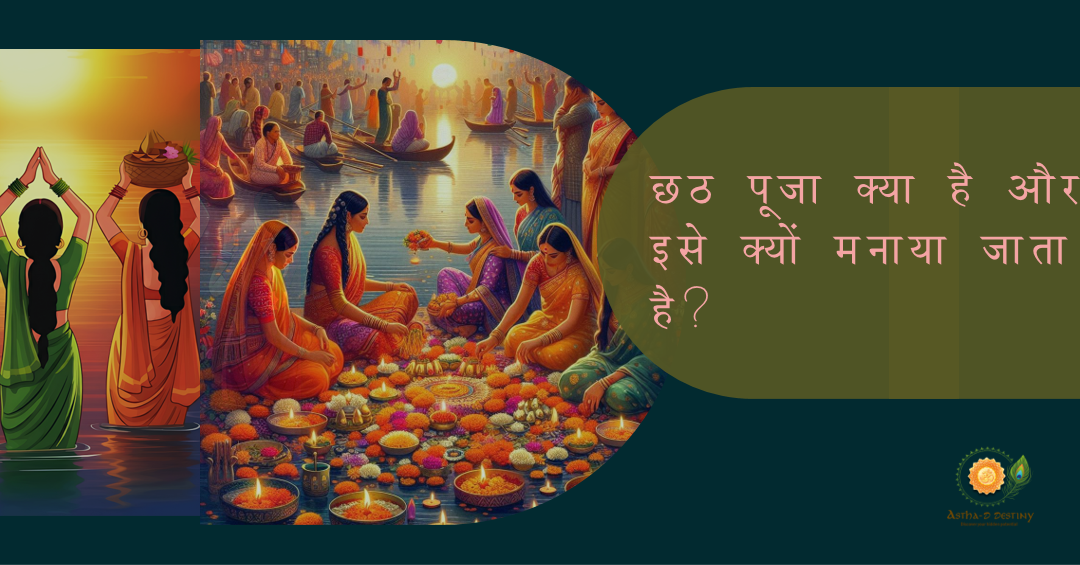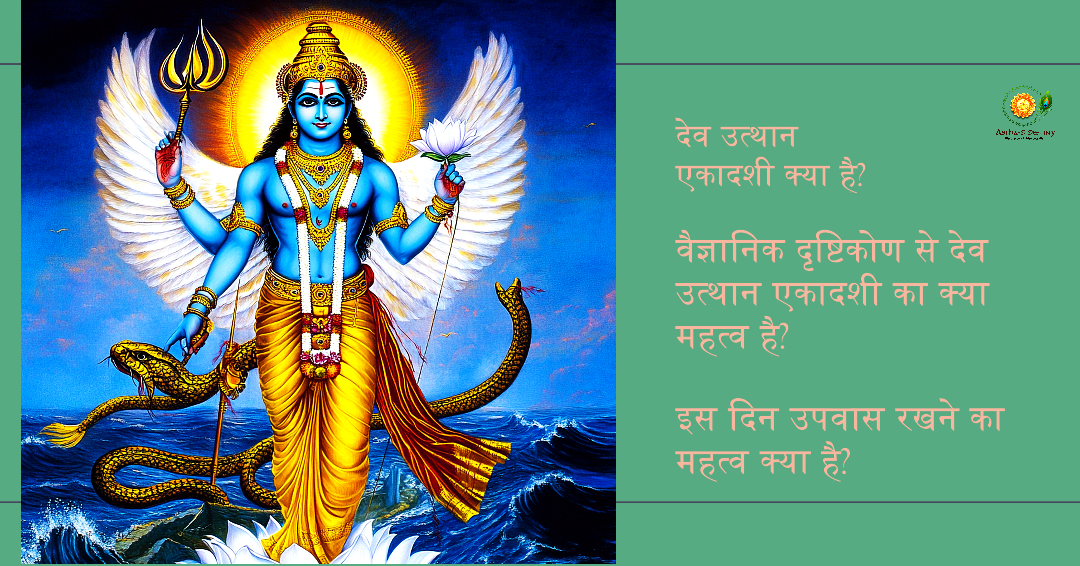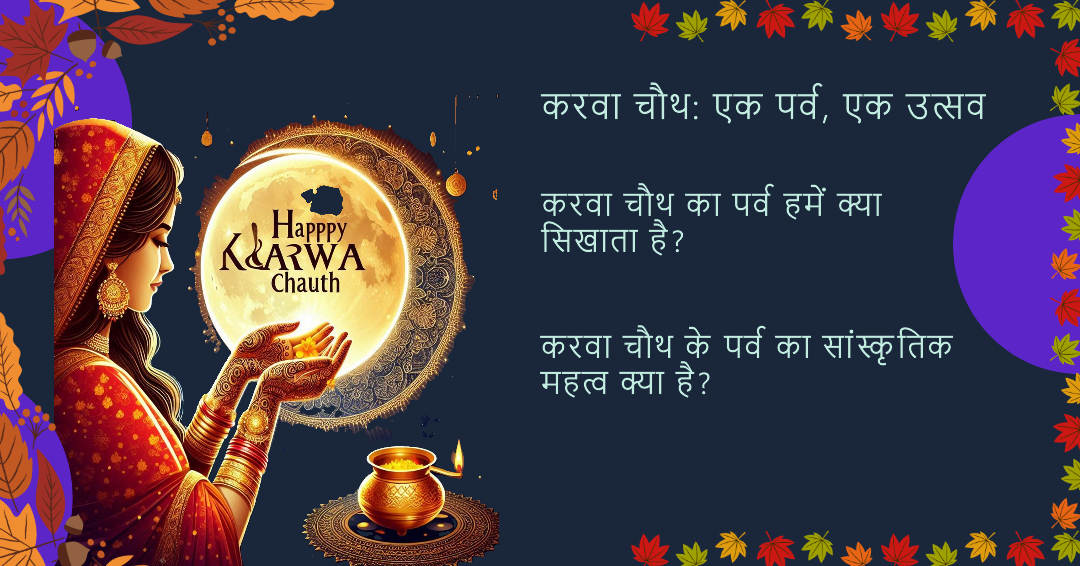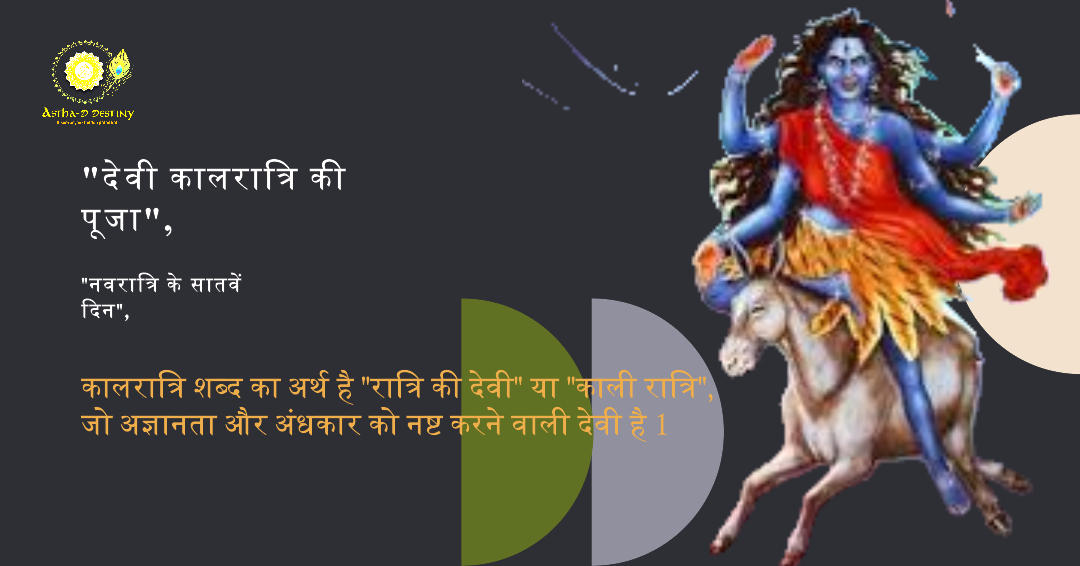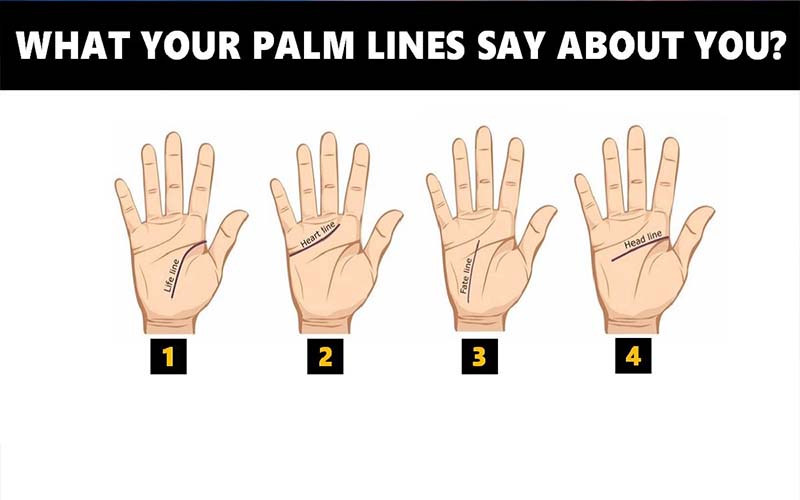
Palm Reading
The lines of the palm, the shape and structure of the hand, the detailed markings such as islands, forks, grilles, and cross- bars-have all been studied in their variety of combinations by palmists through the years. There is sufficient evidence to show that fortune-telling through palmistry was practised in most ancient civilizations. Some people believe that it was first practised in China over five thousand years ago. Others opine that Egypt or India can claim to be the first protagonist of palmistry. References to palmistry have been found in the Sanskrit epics of the pre-Christian era. The gypsies, who are known for palm-reading, originally inhabited India and later migrated to different parts of the world, thereby spreading their knowledge far and wide. It is to the ancient Greeks, however, that the credit goes for a comprehensive presentation of the study.
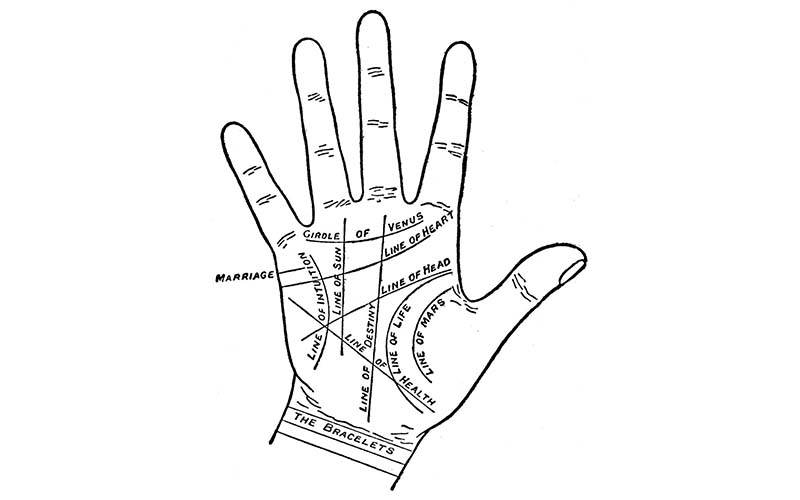
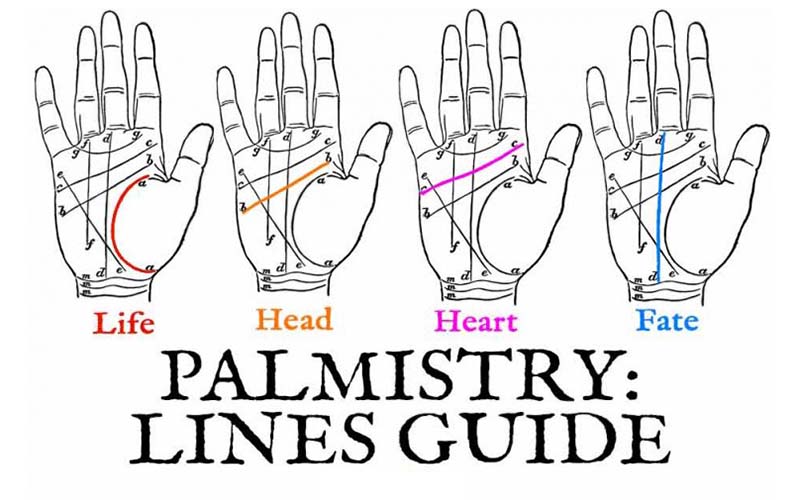

Reading the hand is a study that requires painstaking effort and patience. Like any art, it cannot be mastered in a day. Hands which may once have all looked the same, will gradually ‘come alive!’ A word of caution though! It is not generally a good idea to practise palm-reading on yourself. Since we all have some preconceived notions about ourselves, our reading should be coloured by these thoughts. It is far better to study other palms to develop clarity of thought and accuracy of interpretation.














